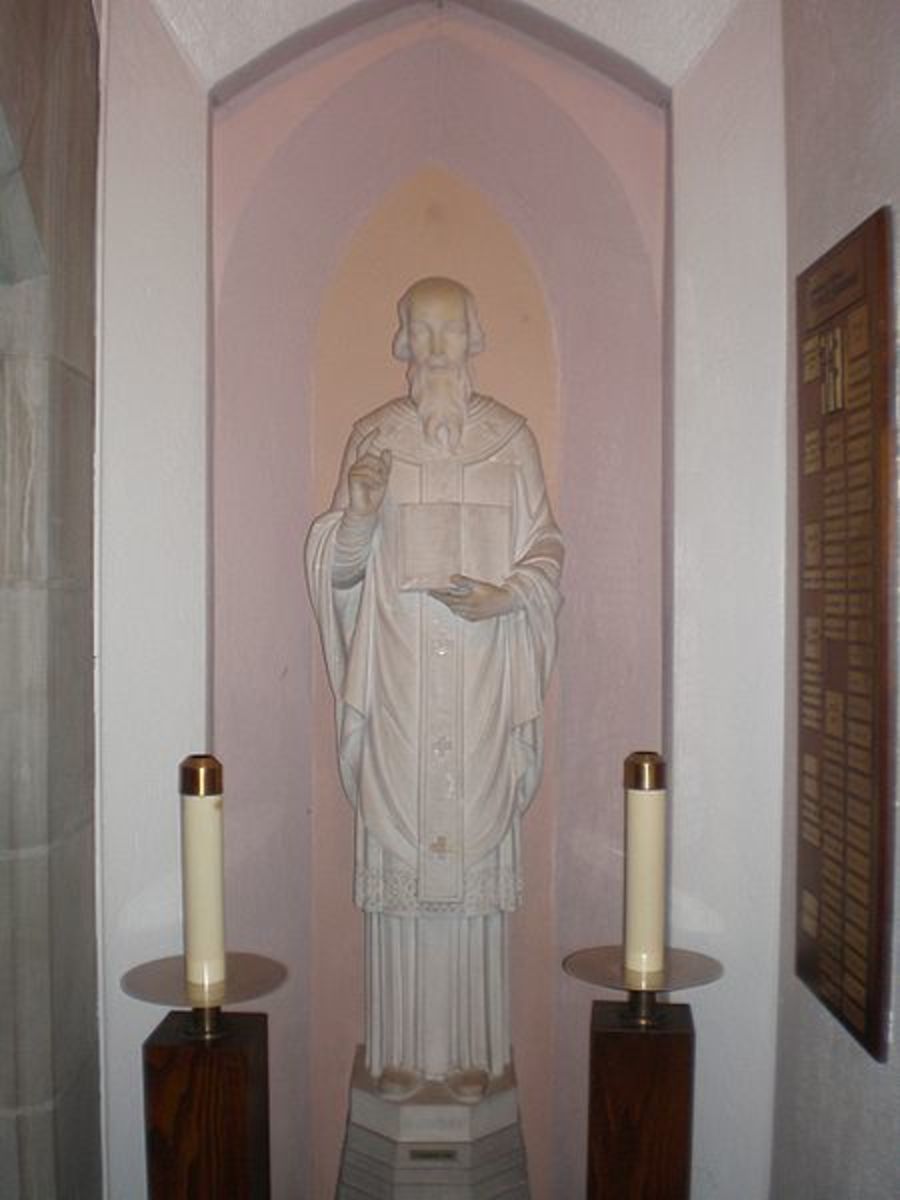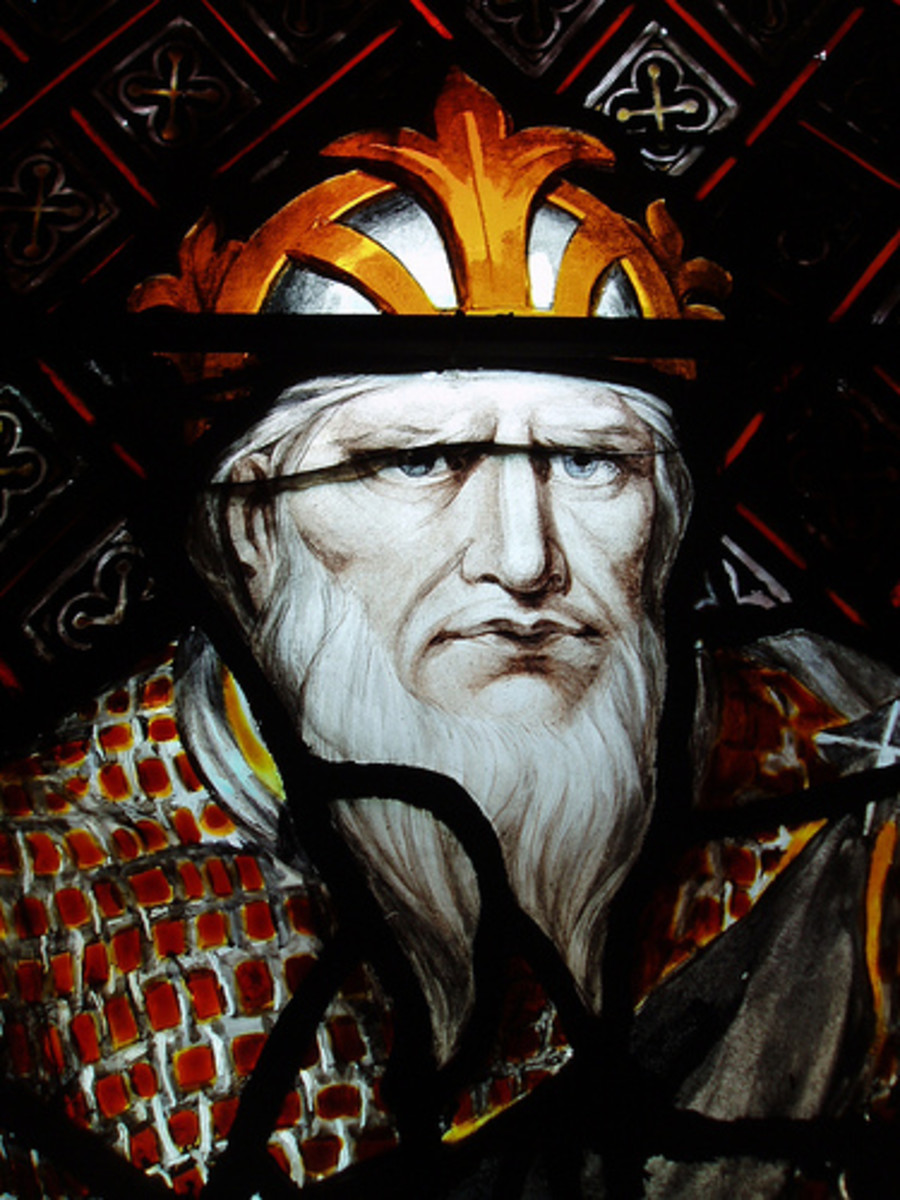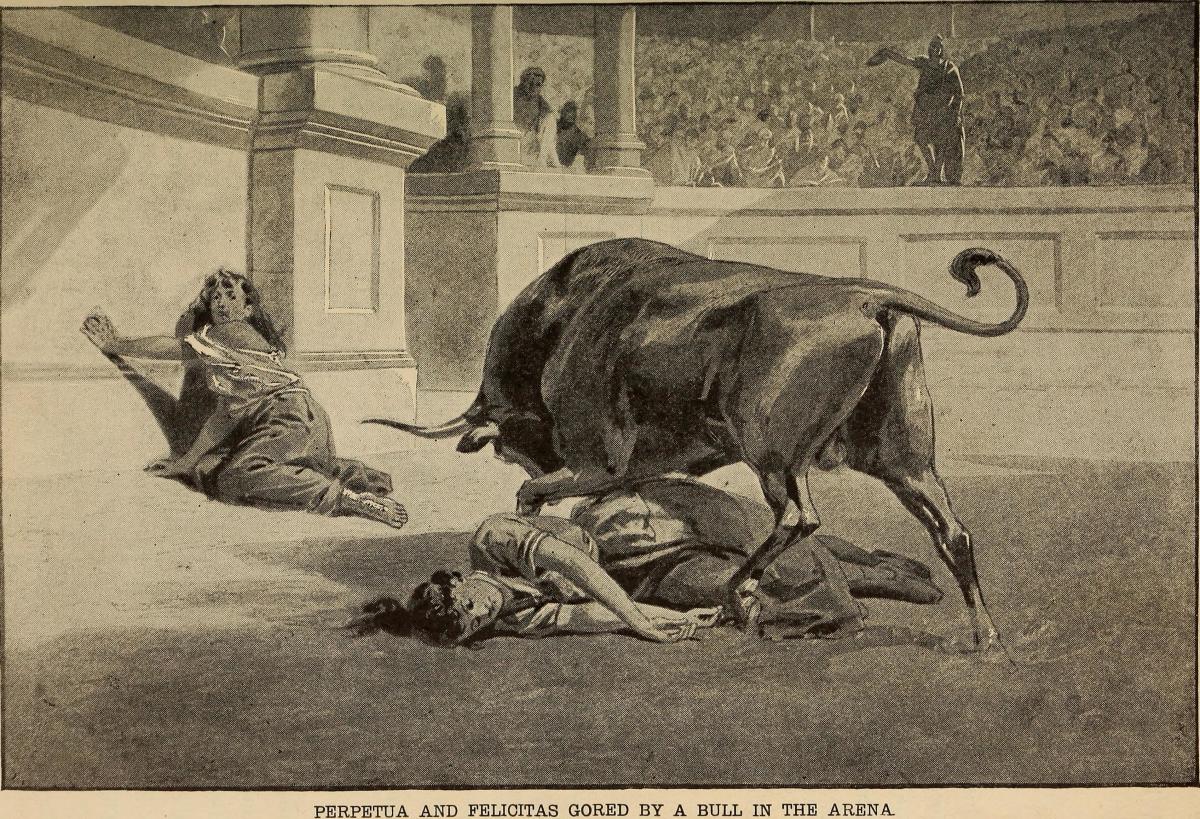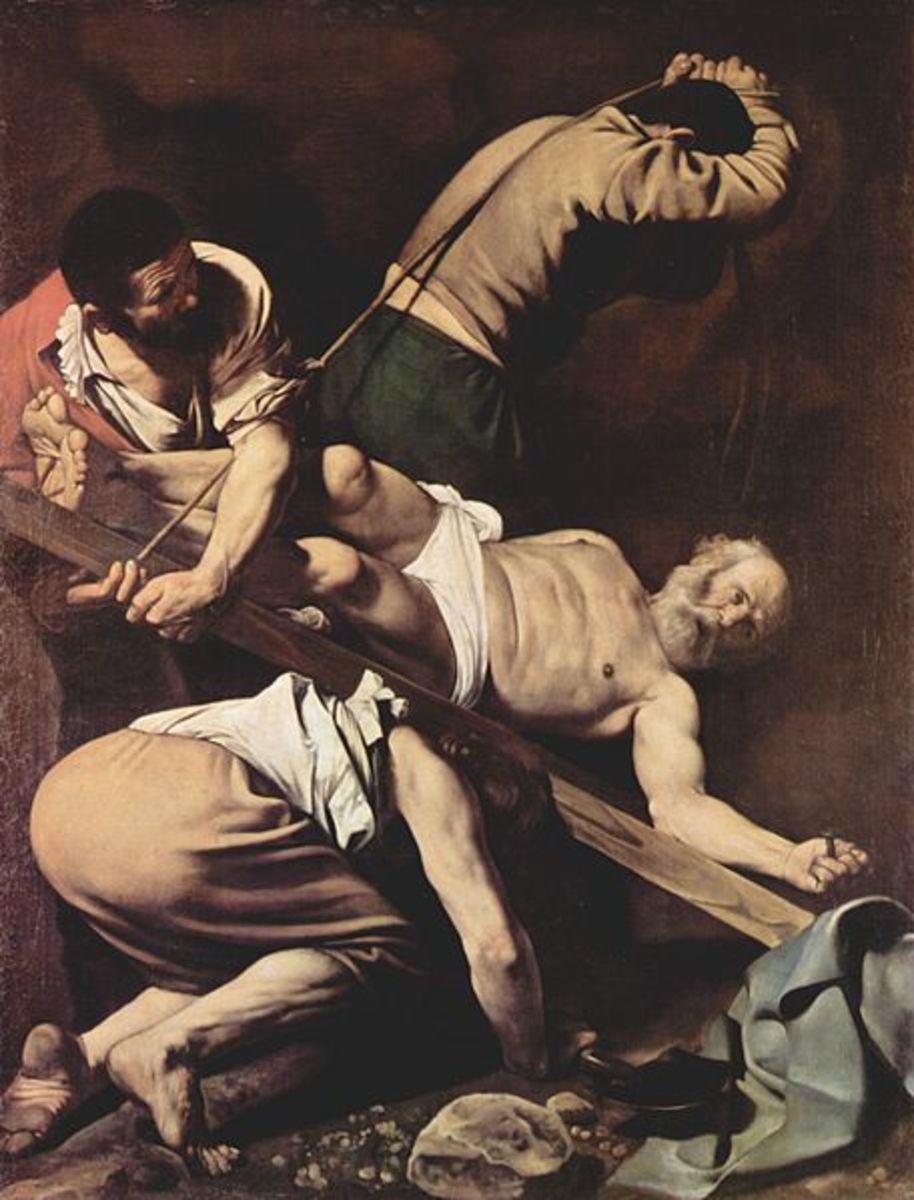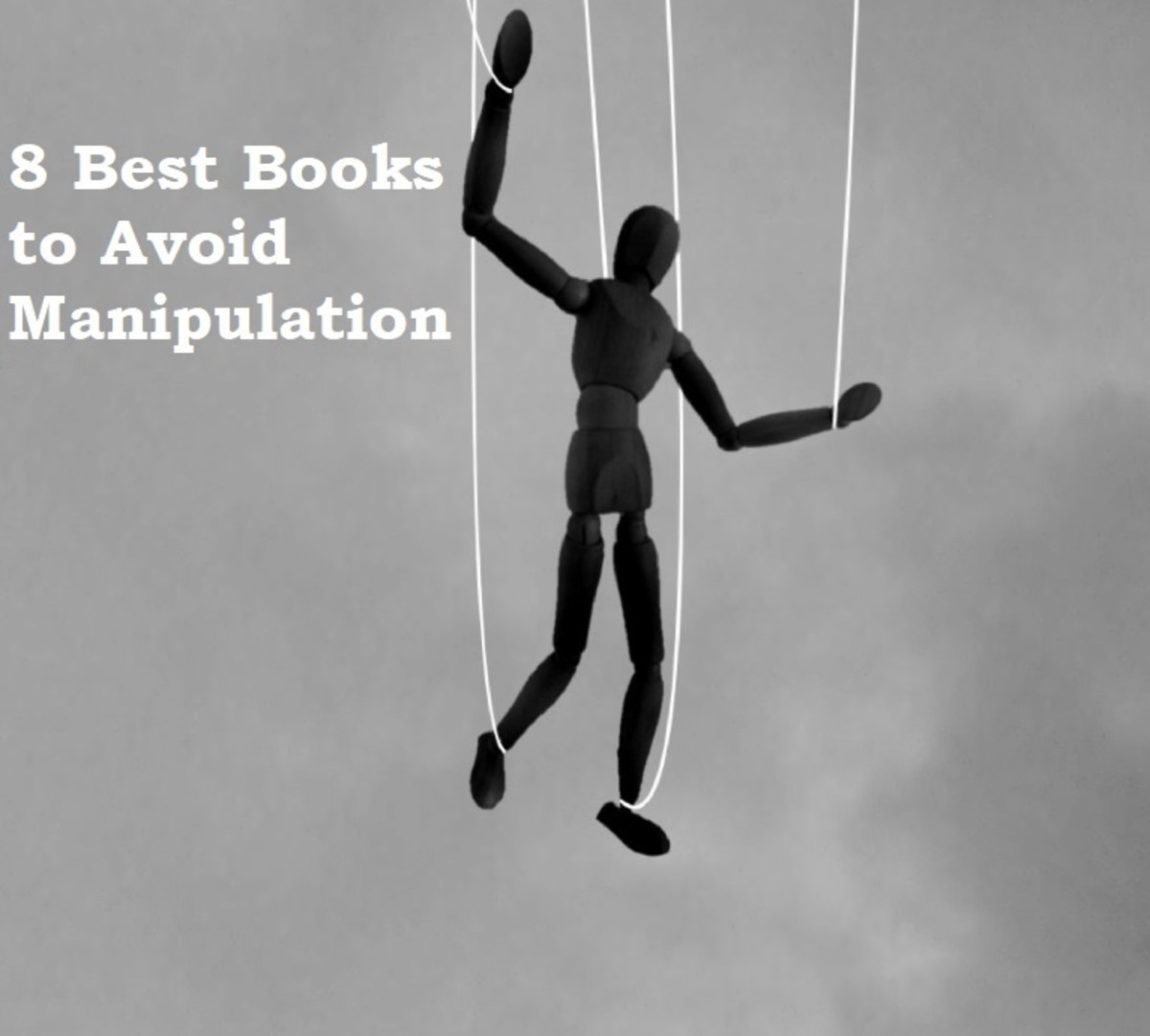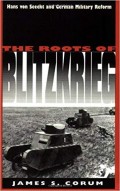A Review of the Book "Getting to Know the Church Fathers" by Bryan Litfin
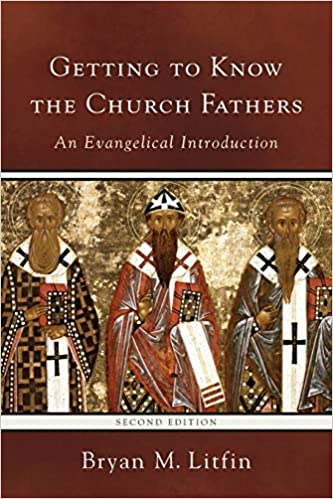
Introduction
In this book, Bryan Litfin, a patristic scholar presents an analysis of ten church pioneers while dispelling the negative perception of these church fathers by many evangelicals. More particularly, Litfin (2007) talks about Tertullian, Augustine, Origen, Ignatius, and Perpetua who represents a rich Christian tradition and how Christianity was shaped by these figures in terms of Bible reading, praying, worshipping as well as living and practicing as a church community.
Each book’s chapter is dedicated to just one of these figures that are his life, work and what he taught. Further, each of these chapters concludes with discussion questions, resources for more information, reflection and works authored by the church father. The book could be relevant for faithful, church groups, students, professors, scholars and others who want to learn more about church history. This paper presents a summary of each chapter in this book.
Chapter one
In chapter on, Ignatius of Antioch experiences opposition from Jewish legalism and Gnosticism. During the opposition legalism gave him the nickname Ignatius with the meaning of the “bearer of God”, this was due his legacy his strong stand against threats to true Christology. Ignatius strongly fought for the Christian unity which was constantly under threat, and this led to his death. Ignatius main concern was the church unity of which he vehemently fought for. He was also considered as a strong willed and principled man in the sense that he was willing to die for Jesus Christ rather deny him. His strong love and dedication for Christ attracted many people from many quarters to him. Though he understood the price he could pay for his dedication, he could not deny his God under any circumstance even if he was to lose his life for this.
Chapter two
The second chapter of this book presents the history of Justine Martyr. It views him as church father where the last name did not really imply a Martyr but due to the act of spreading Christian message with a lot of zeal and firmness and without fear or favor. Justin became unique by presenting Christian message through the connection between the thought –world and church proclamation which was the gospel and due to willingness to defend the message of Christ was threaten and this led to death. Similar to Ignatius of Antioch, Justin was also strong willed and that he could not denounce his faith because of threats or anything. He is also accredited for coming up with detailed description of Christian worship and rituals, that is what they should entail and most of which are still being practiced today. Some of these practices included prayers, tithe and offering collection, taking of the Lord’s Table, helping the needy among others.
Chapter Three
The book is dedicated to Irenaeus of Lyons. The figure is considered as being the first person to use the word “New Testament” to give the meaning of today or current time. In addition, he is considered as the leading figure in establishing canon books of the bible scriptures. Furthermore, Irenaeus is described as a peacemaker, the white of Proof of the Apostolic Preaching, the Detection and overthrow of what is false named as Knowledge and the enemy of Heresies and one who had concepts firmly held in the word.
Chapter Four
The central figure in this chapter is Tertullian. The name Tertullian brings out the view of the process of the church father for the vital role in the canonization process take place, and how it became to be the one to betray the work of God as a single narrative of divine redemption, treatise against Marcion and the first to come up with the word trinity, showing the characteristic of God three- in –one relationship. The downside of the particular church among the ten written by the author is that he was the only one not bestowed the title saint. He is considered to have authored a number of works directed at the Roman authorities which were meant to defend Christians against persecution and negative view. He vigorously tried to persuade the officials to stop persecuting Christians and instead tolerate them since they could contribute positively towards the city.
Chapter Five
Perpetual is presented as the title of chapter three. Perpetual is a church father that made many to come up with strong desire for the Christian faith within the times of Persecution that made them to gain willingness to die due to faith. The passion of faith and willingness to ensure that she is not involved in pagan sacrifice made her to be accused and threatened to be killed and later caused her stand made her to die overlooking the family position against her and the recent birth of her son[1].
Chapter Six
Origen being the title and the subject of chapter ten, did not contribute to the standard set for saints, despite that was regarded as great scholar, writer of the first principle and great mentor, but his style brought him trouble to and caused the coming of his death. In addition, his act of bodily hardships that earned in his life cause their accuser to give him the name gave him a nickname called “Man of Steel”. Considered a religious fanatic of his time, Origen sacrificed many of his life aspects such as giving up his job, sleeping on the floor, drinking no wine, eating no meat, fasting and even going to an extend of castrating himself for the sake of Christ. Further, he was also considered as one of the most prolific scholar of his time having authored numerous works on Christianity.
Chapter Seven
In chapter seven, Athanasius, became a church father that lived in time period of favor, whereby, Christians lived in this under the rule of Constantine the great, during this season Athanasius stood against Arianism which caused them to be in exile occasions under the reign of five emperors;. Being in exile he spent seventeen years out of forty as a bishop. Athanasius became known as the father of defend for true doctrine of Christ and God, after his death. Athanasius is among the church fathers who is considered to have postulated the dual nature of Christ, that is both man and God.
Chapter Eight
In this chapter, the author discusses John Chrysostom, who is known with a nickname “Golden mouth”. He was known as the person with ability to expound on the scripture which made him able to capture the attention of much audience. Also he had chosen to live the life of being monk instead of the busy life. With the same his character made him to become a beloved pastor and due to the ultimate power of the word he was latter accused to death. John was know for his uncompromising and eloquent preaching which earned him the name “Chrysostomos” which implied golden mouth. His type of preaching was regarded as one of the best in the early church though it got him into trouble with the authorities causing his eventual death.
Chapter Nine
Augustine the author of confessions, the restless wanderer in spiritual turmoil, had a prayer that is a spiritual autobiography. Further, he was offering poured spiritual by use of pen and ink before the heavenly father. He found Christian faith in the Garden of Milan and was given the name Theologian of Grace. Augustine was also a popular preacher during his time, as well as a prolific Christian author. He also vigorously encouraged his fellow Christians to stay put in faith and not to be discouraged by events surrounding the times. Augustine is also best remembered for his ideas on the nature of time and memory which created a basis for modern day understanding of such concepts including the concept that God exists outside of time.
Chapter Ten
Cyril of Alexandria was the church father who was concerned with the unity of Christ in fifth century. He used the name “Hypostatic Union” to define the view regarding Christ as one person with both divine and human nature. As a church leader during his time, he strongly defended Christianity against its physical enemies including the Jews and Roman authorities following their attacks. He also reinforced the idea that Jesus was both divine and human, thus emphasizing the unity of the two aspects in one person. Cyril is also the one who insisted that the Virgin Mary be labeled as Theotokos, a Greek word which means God bearer, a concept which is being used in the Roman Catholic Church even today.
Overview
In general, Getting to Know the Church Fathers is a Historical book that views the lives of ten church fathers believing in the Holy Scriptures. Interestingly all these figures died due to persecution for their faith in God (Hofer, 2009). It also views the relationship of trinity and and the person of Jesus Christ. Due to pagan religions and other believers fighting for their position in the , it was found to be very difficult for the Christians to grow in their faith as well as in expanding the religion. Therefore, Christian needed greater understanding of their religion in terms of origin, pioneers and faith. However, the ten fathers discussed by Liftin accomplished their concern for the doctrine and unity of Christians by perseverance, and giving their lives up to death and through a restatement of their faith (Pruch, 2007).
Limitations and Delimitations
Strength of the book by Bryan is easy readability, due the way it is broken down into chapters. This allows gaining of knowledge in a simple way. It also has strength based on how the authors built upon the overall theme, it give the historical value by explaining the places that the church fathers lived and their period that they covered (Smither, 2008). Nonetheless, the weakness of this book would be the omission of any other church fathers that may have had the impact to Christians at the same time and executions of other aspects for the other people who lived in the same time of perception.
Conclusion
The condition where every chapter is broken down and the content presented by each chapter giving the suggestion resources at the end of each content alongside the books information makes this a resourceful book. The introductory part, enables each person to read and get the insight into the origin of Christianity as well as the price paid for the freedom of religion. Therefore it becomes a wonderful lesson for the individuals and group in the study. In addition each chapter brings the concern of the writer into focus and aid in better demonstration of the theme to the readers and give enough knowledge and information concerning the issue at hand.

